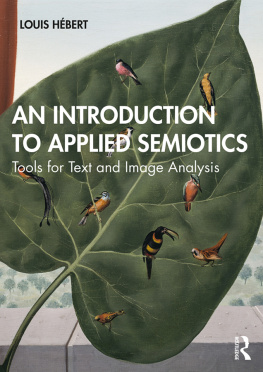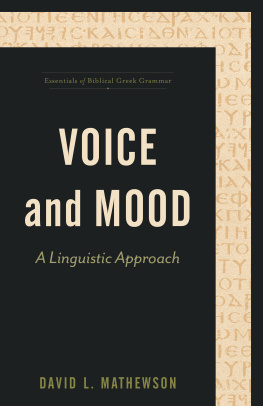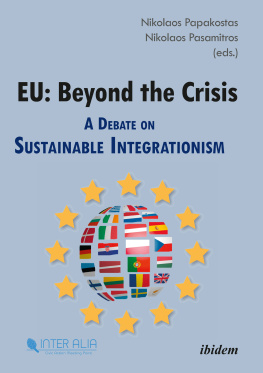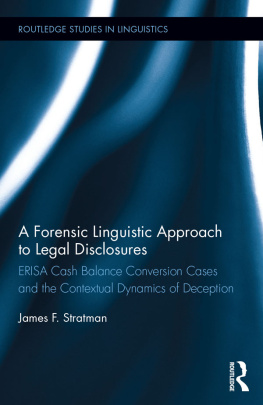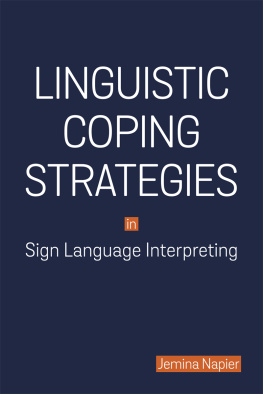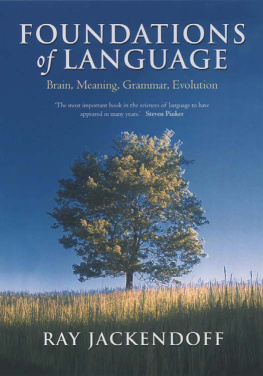4. Conclusion
Integrationism begins with a critique of academic linguistics and its key tenets have been shaped by the rejection of linguistics foundational assumptions. Indeed integrationism started life as integrational linguistics and one might even speak tentatively of an integrational semiology. Semiotics, by contrast, begins with the sign. For semioticians, the linguistic sign is just one among many semiotic phenomena; language, while important, is not the paradigm case for the understanding of sign systems, and many semioticians would argue that the narrow focus on language has distorted our understanding of semiotic processes. Like semiotics, integrationism rejects the idea that language is an autonomous faculty, yet its primary focus has been upon language and on sign-systems with which language is closely intertwined, in particular writing.
Integrationism, with its stress on the individuals experience and the mundane yet highly sophisticated reflexivity that language-makers bring to bear on communication, seems to operate within a fairly narrow spectrum of experience, defined in the first instance by the integrational capacities of the individual sign-user. Semiotics by contrast has been much more willing to leave this realm and to theorize globally about signs and sign-systems, including those which operate without reference to individual human subjectivity. In this sense, integrationism and semiotics reflect their different origins in the works of Saussure and Peirce respectively. Integrationism seeks to re-humanize linguistics, to reconnect the academic study of language with all those domains bracketed out by the Course in General Linguistics. Semiotics moves dialectically between the individual as situated sign-maker / interpreter and the sign-system. For theories of semiotics inflected through Freudian theory or posthumanism, whereas integrationism in its current form is grounded in the autonomous human self and the terra firma of individual experience.
To put the contrast in simple terms, it might seem that semiotics seeks to liberate the study of signs from the limitations that integrationism embraces. But this would be to draw the distinction too starkly. If indeed everybody is a linguist (Harris 1998: 20), then for Sebeok everyone likewise is a semiotician. As Sebeok says, there are only two kinds of people: Those who are doing semiotics and know it, and those who are doing semiotics but have not yet become aware of the fact (cited in Deely 2009: 134). Both integrationism and semiotics share a critique of the Saussurean theory of the sign. Even though integrationism begins with individual experience, it is not committed to any methodological or philosophical limitations, beyond its understanding of the indeterminacy of sign. Semiotics, with its emphasis on the interpretant and the unfolding over time of sign-processes, is also grounded in the recognition of indeterminacy and the importance of dynamically changing point(s) of view. Like semiotics, integrationism is open to new understandings of human identity, and does not see language and communication as ahistorical terms with fixed meanings.
What we hope to have achieved in this book is a clear explanation of integrationism and the ways in which both integrationism and semiotics are shaped by their intellectual origins. We believe that there is much to be gained by increased intellectual interaction between these approaches to the study of the sign. Integrationism is intended to open up new areas of inquiry, not to foreclose on them. On this optimistic note, we would like to finish with these words from Roy Harris:
The intellectual biases built into an academic discipline are most clearly revealed by considering not what range of explanations it makes available for the phenomena falling within its domain but rather what questions pertaining to those phenomena cannot be raised within the theoretical framework it provides. (Harris 1990c: 153)
Further Readings
Earlier writings by Harris are collected in The Foundations of Linguistic Theory (ed. N. Love, London: Routledge, 1990). Harris has also edited a number of collections of integrational writings, including Linguistic Thought in England (Duckworth: London, 1988), The Language Myth in Western Culture (London: Curzon, 2002), and with T.J. Taylor a reader entitled Landmarks in Linguistic Thought (London: Routledge, 1989). Further edited volumes with integrational themes are: Redefining Linguistics (eds. H. Davis and T. J. Taylor, London: Routledge, 1990), New Departures in Linguistics (ed. G. Wolf, New York: Garland, 1992) and Language and History (ed. N. Love, London: Routledge, 2004), Language Teaching (ed. M. Toolan, London: Routledge, 2009). Integrational papers are collected in Integrational Linguistics: A First Reader (R. Harris and G. Wolf, eds. (Oxford: Pergamon, 1998). Other volumes of interest include: Why brains matter: an integrational perspective on The Symbolic Species, ed. Stephen J. Cowley in Language Sciences (24/1 2002); Distributed cognition and integrational linguistics, edited by David Spurrett (Language Sciences 26/6, 2004). A special issue of the journal Language Sciences (33/4), a festschrift in honour of the 80th birthday of Roy Harris, appeared in 2011 entitled: Linguistics out of bounds: explorations in integrational linguistics, edited by David Bade and Adrian Pabl. Discussions of integrational theory can be found in the journals Language and Communication and Language Sciences. A critical appraisal of Harris work by different linguists can be found in Linguistics Inside Out: Roy Harris and His Critics (eds. G. Wolf and N. Love, John Benjamins, 1997). Moreover, the Danish journal RASK has recently issued a volume featuring an extensive critique of Harriss integrational linguistics written by Sren Lund (Lund 2012) followed by a reply written by David Bade and Adrian Pabl (Bade and Pabl 2012).
For further information on integrationism, see Roy Harris personal website: www.royharrisonline.com , and that of The International Association for the Integrational Study of Language and Communication: www.integrationists.com . Harris has published six sets of Integrationist Notes and Papers (2003 2005, 20062008, 20092011, 2012, 2013, 2014).
References
Ayer, A.J. 1936. Language, Truth and Logic. London: Victor Gollancz.
Bade, David. 2011. Signs, language and miscommunication: an essay on train wrecks. Language Sciences 33(4): 713724.
Bade, David. 2012. Signs unsigned and meanings not meant: linguistic theory and hypothetical, simulated, imitation and meaningless language. Language Sciences 34: 361375.
Bade, David and Adrian Pabl. 2012. Signs unfounded and confounded: A reply to Sren Lund. RASK 35(1): 4386.
Barthes, Roland. 1967. Elements of Semiology. London: Cape. First published as: Elments de Semiology, Paris, Denol/Gonthier, 1965.
Bateson, Gregory. 1972. Steps to an Ecology of Mind: Collected Essays in Anthropology, Psychiatry, Evolution, and Epistemology. Chicago: University of Chicago Press.
Bateson, Gregory. 1979. Mind and Nature: A Necessary Unity. New York: Bantam Books.
Bendle, Mervyn. 2002. Teleportation, cyborgs and the posthuman ideology. Social Semiotics 12: 45 62.
Bisgaard Nielsen, Charlotte. 2011. Towards applied integrationism integrating autism in teaching and coaching sessions. Language Sciences 33(4): 593 602.
Bohm, David. 1996. On Dialogue, London: Routledge.
Borsley, Robert and Newmeyer, Frederick. 1997. The language muddle: Roy Harris and generative grammar. In Wolf, George and Nigel Love (eds.). Linguistics Inside Out. Roy Harris and his Critics. Amsterdam: John Benjamins, 42 64.

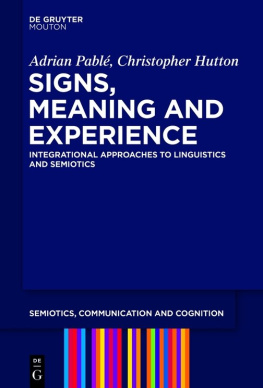
![Andrew Radford - Linguistics An Introduction [Second Edition]](/uploads/posts/book/882994/thumbs/andrew-radford-linguistics-an-introduction.jpg)

